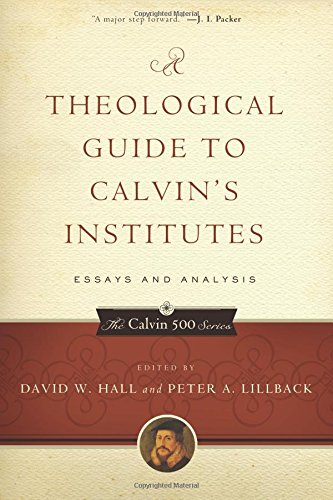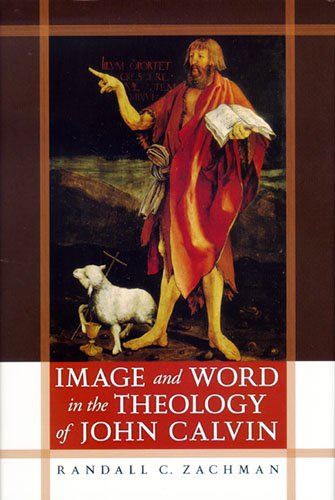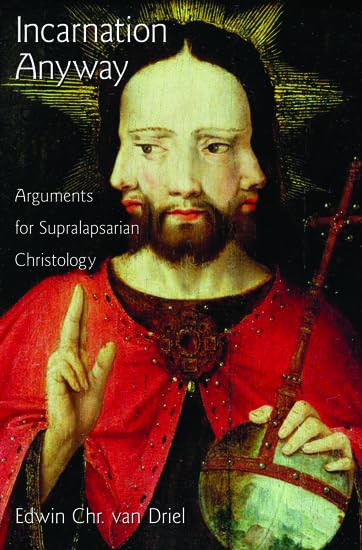The Beauty Behind the Mask: Rediscovering the Books of the Bible
Written by Christopher R. Smith Reviewed By Andrew David NaselliThis volume explains the philosophical foundation of The Books of the Bible. (See my review of The Books of the Bible above in this Themelios issue.) Smith, one of the architects behind The Books of the Bible, is a pastor, writer, and consultant living in East Lansing, Michigan. He earned a BA in literature from Harvard University, a MATS in church history from Gordon-Conwell Theological Seminary, and a PhD in theology from Boston College, and he has published articles on the literary structure of Revelation (NovT 36 [1994]: 373–93), Leviticus (JSOT 70 [1996]: 17–32), and Matthew (NTS 43 [1997]: 540–51).
Smith argues that centuries of tradition have cumulatively distorted the Bible’s literary forms by adding chapter and verse references (originally added for reference works), dividing books (originally created to keep scrolls a reasonable size), using two columns with narrow typesetting (added by printers for portability and affordability), and including cross-references and notes that crowd the page (pp. 8–9). He presents his argument in four chapters:
- Chapter and verse references, which were added around 1200 and the 1550s respectively, are problematic for nine reasons (pp. 13–39): (1) “Chapters and verses keep us from recognizing what kind of literature we are reading.” (2) “Chapters don’t correspond with books’ inherent divisions.” (3) “Chapters mask the existence of larger literary units.” (4) “Chapters conceal the existence of smaller literary units.” (5) “Verses typically do not correspond with the smallest meaningful units.” (6) “Verses encourage disintegrative approaches to the Bible.” (7) “Verses invite us to supply meanings from our own experience.” (8) “Verses can create the impression that the Bible is ambiguous.” (9) “Verses encourage legal and propositional readings of the Bible.” Smith’s arguments in this chapter are persuasive, but he overstates his case when he dramatically pinpoints this issue as the reason “we are not hearing genuinely from God” or “having a life-changing encounter with God” (p. 39).
- The format of Bibles commonly distorts the literary structure of the books of the Bible in three areas (pp. 41–70): boundaries that are superficial (e.g., dividing Samuel-Kings or Luke–Acts), a sequence that is confusingly non-chronological (e.g., ordering Paul’s letters by size), and titles that may not reliably convey the book’s author, intended audience, central focus, or genre.
- Several non-traditional English Bibles are noteworthy, but the traditional presentation continues to predominate for several reasons (pp. 71–103). Perhaps the most relevant reason is
that form is best suited to our habits of reading—or, I should say, our habit of not reading.…
Chapters and verses were never intended to guide devotional reading. They were rather introduced … so that scholarly resources such as commentaries and concordances could be developed. But now our habits of devotional reading are largely shaped by chapters and verses.…
The books of the Bible must be recognized, presented and approached for what they are: books. This does not mean that we cannot still read the Bible in appropriate portions, in keeping with the demands of our daily schedules. It does not mean that we cannot cite eloquent phrases that summarize vital parts of the Bible’s message, even treasuring those words in our hearts and committing them to memory. But we must appreciate the smaller portions of the biblical books as parts of larger literary wholes, which we first engage in their entirety. When we do, we will find that we can still read portions and cite phrases, but do so far more appropriately and meaningfully (pp. 102–3).
- The Books of the Bible was created to solve this predicament (pp. 105–32). Chapter four recounts the fascinating story of why and how The Books of the Bible developed, and then it shrewdly, practically, and creatively suggests how to use The Books of the Bible most effectively. Each book of the Bible is like a DVD. DVDs may contain both a feature film as well as supplementary material such as interviews with the cast or documentaries about how the film was made; similarly, each book in The Books of the Bible is presented as a complete, “uninterrupted” literary work but with additional features “in the form of book and section introductions and endnotes” (p. 112). Further, the film itself may be divided into “chapters” that one can access directly and even watch separately, “but it is hard to imagine anyone watching a film that way. Nor should anyone read a book of the Bible for the first time in fragments, even if the goal is eventually to study each of its parts in detail” (p. 119). The introductions to each book of the Bible answer four preliminary questions: (1) “What kind of book is this?” (2) “Why was this book written?” (3) “How is the book put together?” (4) What overall idea or purpose unites all of the parts and aspects of the book [?]” (pp. 120–22).
Although one may justifiably quibble with judgments here and there (e.g., about the order of The Books of the Bible or a particular section break in one of the books), Smith clearly and persuasively argues that visually presenting the Bible in a single column without chapter or verse references encourages reading that is more informed and engaged.
Andrew David Naselli
Andy Naselli is assistant professor of New Testament and Biblical Theology at Bethlehem College and Seminary in Minneapolis and administrator of Themelios.
Other Articles in this Issue
Why are we talking about preaching with power? Because of what Christianity is...
In the mid-twentieth century, one could readily find informed Protestant observers acknowledging the Calvinist tradition’s major missionary contribution...
The summer of 2007 was the wettest in Britain since records began, registering over twice the usual amount of rainfall between May and July...
How Far Beyond Chicago? Assessing Recent Attempts to Reframe the Inerrancy Debate
by Jason S. SextonThe doctrine of inerrancy has been a watershed issue among evangelicals in the West, perhaps now more evident than ever...
Quite apart from commentaries and hermeneutical textbooks, books on the Bible—its nature and ultimately its authority—have been appearing with daunting frequency of late







